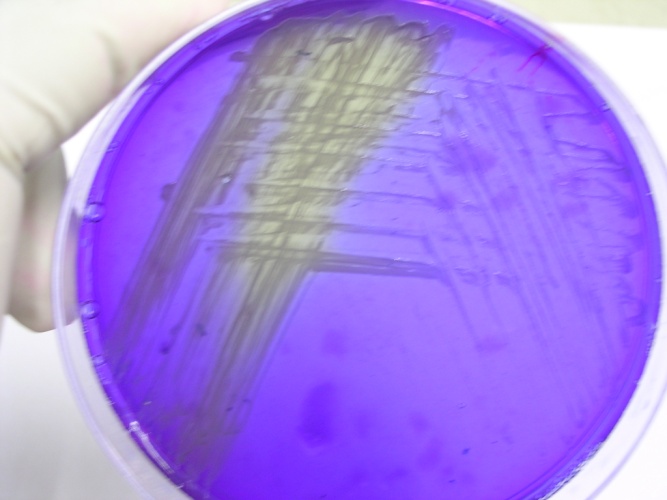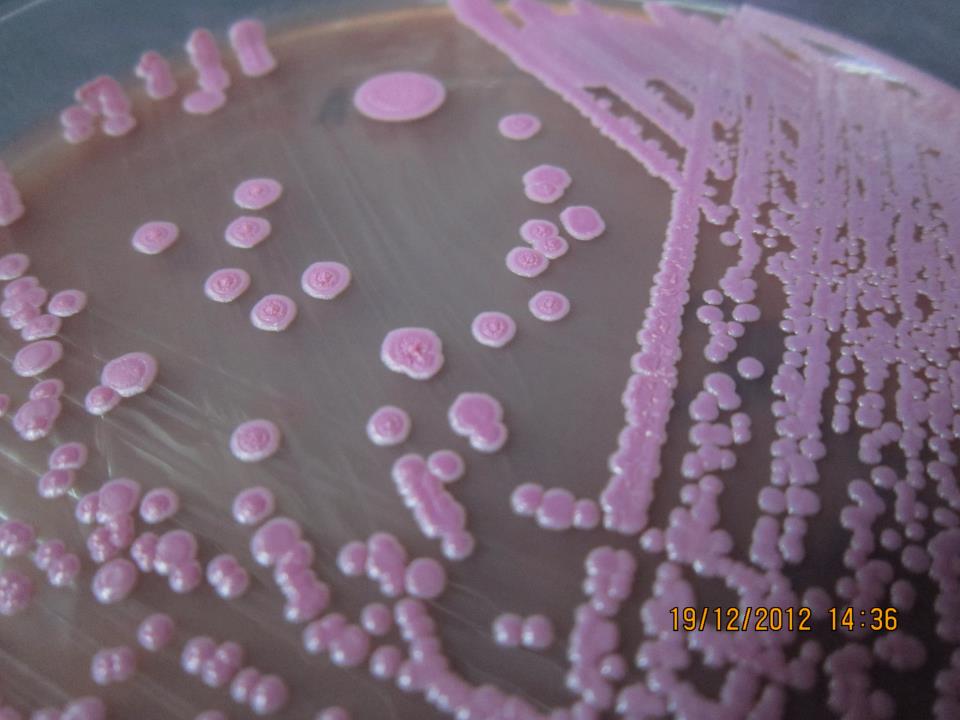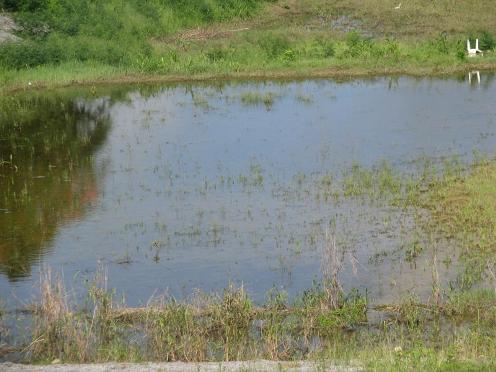What is Melioidosis?
Melioidosis, an infectious disease also known as Whitmore disease(after Captain Alfred Whitmore, who first described the disease) or Nightcliff gardener`s disease( Nightcliff is an area in Australia where Melioidosis is endemic), which can infect both humans and animals.
The disease predominately occurs in tropical countries especially prevalent in Southeast Asia and northern Australia. However almost all continents have reported sporadic cases of meliodosis . The distribution of this disease ( also known as endemic areas) is shown in Map 1.
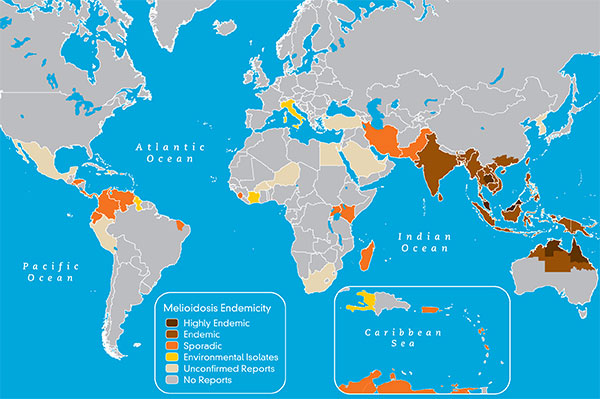
Map 1: Endemicity of melioidosis infection.
Causative agent b
The disease is caused by a soil saprophyte bacteria Burkholderia pseudomallei. This bacteria appears as a gram negative(red) rod when seen under a microscope. It often shows bipolar staining making it appear as a safety pin as shown in fig 2. The cultures show wrinkled colonies after 48hrs ( fig 3) and have a earthy odour.
|
Figure 1 : Appearence of B. pseudomallei in Francis media. Note the yellow haze appears within 20-24 hrs to facilitate early reporting |
Figure 2:Appearance of wrinkled colonies on lab media After 48hrs of Incubation at 37oC. (Courtesy of Bacteriology Unit, Hospital Queen Elizabeth) |
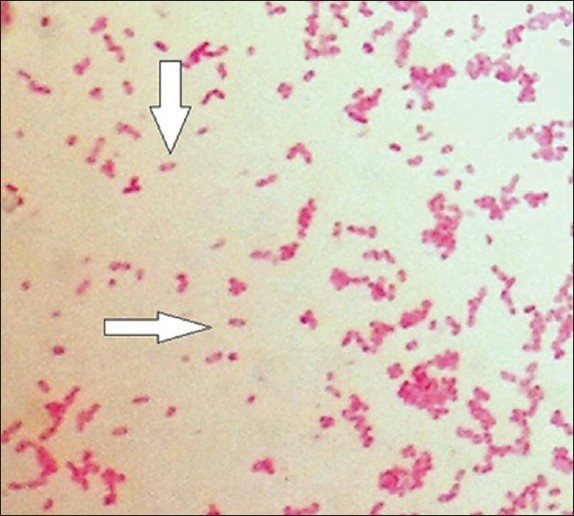
![]()
Figure 3: Bacteria show safety pin shapen under laboratory microscope
Reservoir
These bacteria are found in contaminated water sources and soils such as rice fields and stagnant water. The disease is transmitted to humans, animals or plants. Human infection is through direct contact with soil and water via broken skin, inhaling dust or droplets of contaminated water. (Figure 4 & 5) .
|
Figure 4:Stagnant water, habitant can support growth of bacteria. |
Figure 5: Farmers are exposed to the risk of infection. |
Signs and Symptoms
Signs and symptoms of melioidosis can be categorized as follows:
- Localizes infection : swelling and pain, fever, sores, pus.
- Pulmonary infection: cough, chest pain, high fever, headache, anorexia
- Bloodstream / Disseminated infection: fever, headache, joint pain, respiratory problems, abdominal discomfort, muscle tenderness, confusion.
Bloodstream / Disseminated infection: fever, headache, joint pain, respiratory problems, abdominal discomfort, muscle tenderness, confusion.
The time between exposure to the bacteria and the appearance of symptoms is not clearly defined; the general symptoms may appear 2 to 4 weeks after exposure.
High-Risk Groups
Although healthy people can get melioidosis, patients having high-risk factors are predisposed to this infection.
The main risk factors are:
- Diabetes
- Liver disease
- Renal disease
- Thalassemia
- Cancer or another immune-suppressing not related to HIV
- Chronic Lung disease
Laboratory Diagnosis
- Type of Sample from patient:
- Blood
- Urine
- Pus
- Sputum
- Body fluids
- Test involved:
- Direct smear (Gram Stain)
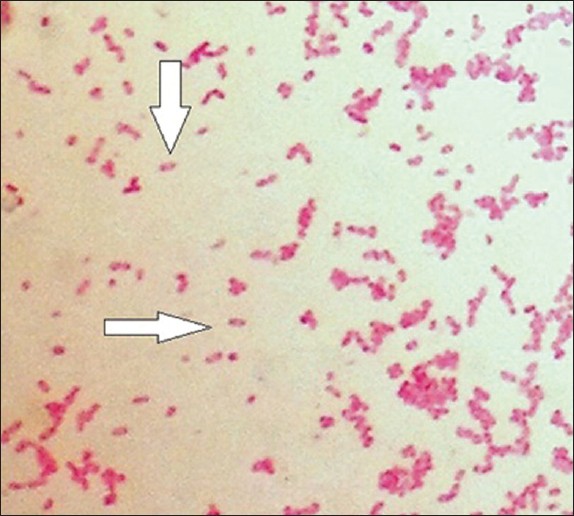
- Culture & Isolation ( Gold Standard and mainstay of laboratory diagnosis)
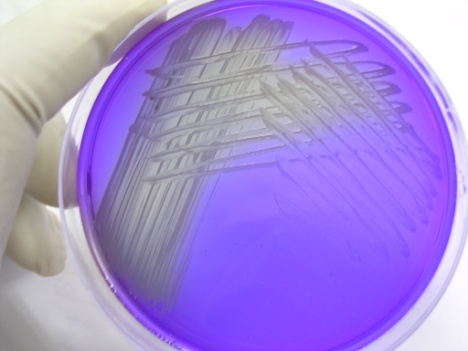
- Immunofluorescence (IF)
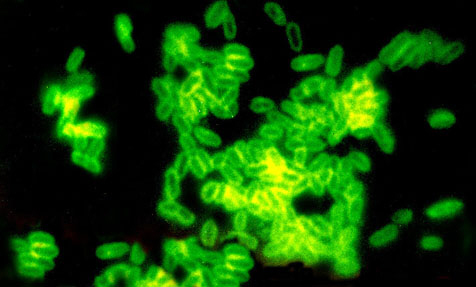
- Latex Agglutination
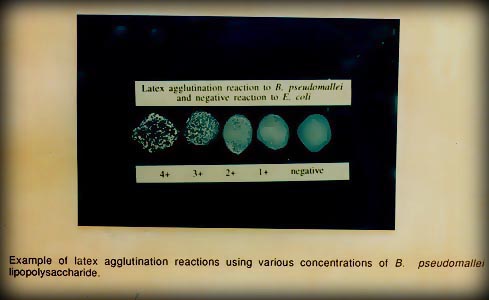
- Indirect Hemagglutination Assay (IHA)
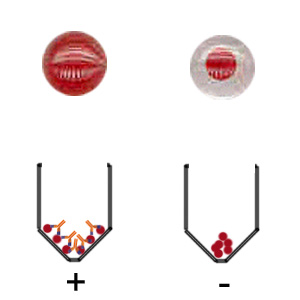
- Enzyme Immunoassay (EIA)
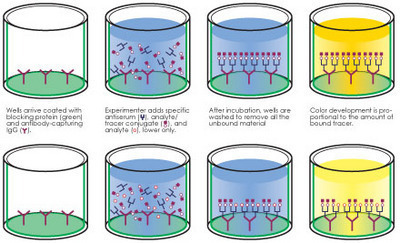
- Polymerase Chain Reaction (PCR)
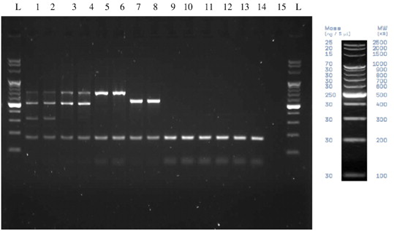
Prevention
At present, there is no vaccine to prevent infection of melioidosis. Below are some tips as preventive measures.
- Diabetic or chronic kidney patients with open wounds should avoid direct contact with contaminated soil and water.
- Farmers should wear boots that can prevent infection through the foot.
- Gardeners should wear gloves when tending the soil.
- Health Care Workers can take precautions to use masks, gloves and gowns while handling patients.
References:
- Garis panduan pengurusan Pusat Rekreasi Sungai dan Air Terjun di negeri Pahang bagi mengelak Jangkitan Penyakit Berjangkit, Jabatan Kesihatan Negeri Pahang, 24 September 2010.
- http://www.cdc.gov/melioidosis/index.html
- A Francis, S. Aiyar, C.Yean, L Naing, M Ravichandran(2006). An improved selective and differential medium for the isolation of Burkholderia pseudomallei from clinical specimens. Diagnostic Microbiology and Infectious Disease, Volume 55, Issue 2, Pages 95 -99.
Last Reviewed : 13 January 2014 Writer : Lee Pei Chen - Direct smear (Gram Stain)


